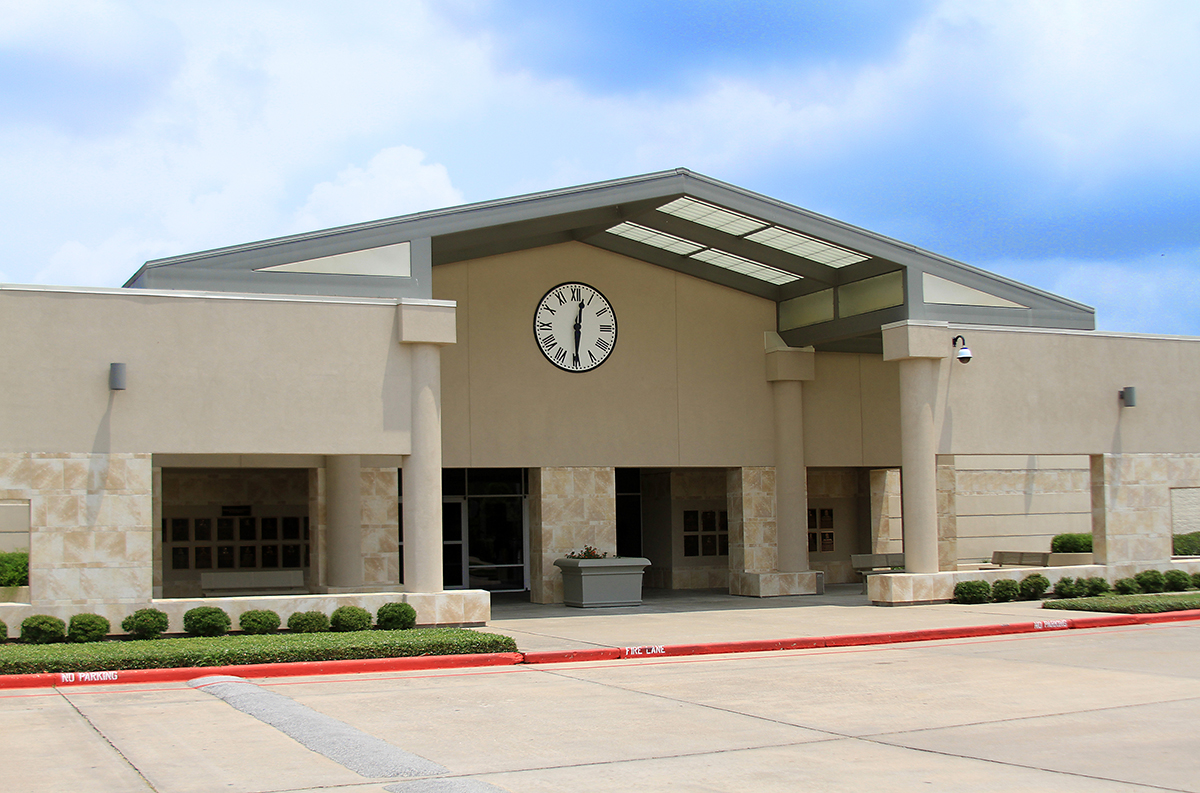How One Texas District is Combating Learning Loss
To fight learning loss among online and in-person students, Pasadena ISD is using a multitiered strategy

In November 2020, the Texas Education Agency notified school districts that they may require virtual students who are at significant risk of severe learning loss to move from virtual education to face-to-face instruction.
To combat learning loss and to avoid forcing students who feel safer at home back into the classroom, Pasadena ISD implemented a system that looks for students at risk, then recommends and delivers remediation through a combination of digital and other resources.
“We’re fighting the same battle everybody is fighting in terms of how to try to figure out how to mitigate learning loss,” says Daniel Hoppie, executive director of curriculum and instruction within the district, which has about 53,000 students. “Some kids love this idea of, ‘Hey, I’m learning online and this is how I learn best and I’m not being interrupted by anybody.’ But truth be told, those are probably few and far between, or at least that’s what our learning has been showing.”
Finding The Students At Risk for Learning Loss
The first step is diagnosing which kids are struggling and which are not. To do this, the district administers NWEA MAP assessments multiple times per year.
“Then we go about the work of intervention,” Hoppie says. “Which kids need which specific diagnostic piece.”
The district has significantly invested in an intervention staff, which includes teachers who have been hired to focus on Tier 3 interventions to work on a one-on-one basis with students who are really struggling.
About 25 percent of students are still online-only at Pasadena ISD. Unlike some districts, Pasadena ISD is not automatically requiring struggling students to resume in-person learning. “Some of our neighboring districts are no longer having a virtual option. What we found was that some students still want and desire that virtual option,” he says.
Tools and ideas to transform education. Sign up below.
While district staff members prefer students attend school in person, they also understand there are students who have reasons they may need to stay home, including living with family members who may be at greater risk of death or hospitalization if they contract COVID-19. Consequently, the district’s efforts to combat learning loss are designed to work with virtual students as well as in-person students.
Learning Loss Interventions for Virtual and In-Person Learning
Whether you’re working with a virtual or in-person student, the first step to combating learning loss is forming a connection. “So if I find out that Steven, who's a fifth-grader, is struggling, I’ve got to connect with that student and their parents,” Hoppie says. “How do you connect with that student and hone them into, ‘Here's some specific areas where you're struggling -- you can't multiply three-digit numbers by two-digit numbers. So I need to put you on top of some digital resources that are going to focus and hone in on that.’”
Students in Pasadena ISD have many digital resources available to them through the district’s utilization of edtech tools such as Discovery Education and Google Classroom. The trick is getting students to utilize the specific resources they need. “How do you cull all these digital resources to where it's not just a giant abyss where we're sending kids out to the internet of everything? How do you hone in on, ‘Here are the essential things you need to learn today. Here are the essential things you need to learn this week, whether we're with you or not, and here's some resources to go and learn.’”
The district’s strategy is not just to throw resources at virtual students and hope something sticks. They work with these students in small-group and one-on-one synchronous sessions to further build those relationships and make sure the resources they are providing are targeted.
While making that initial connection with students online is often more difficult than in person, once it’s made, synchronous video classes and tutoring sessions are quite effective. “We find the actual instructional goes really well when the student and the teacher are able to connect,” Hoppie says.
Erik Ofgang is a Tech & Learning contributor. A journalist, author and educator, his work has appeared in The New York Times, the Washington Post, the Smithsonian, The Atlantic, and Associated Press. He currently teaches at Western Connecticut State University’s MFA program. While a staff writer at Connecticut Magazine he won a Society of Professional Journalism Award for his education reporting. He is interested in how humans learn and how technology can make that more effective.

